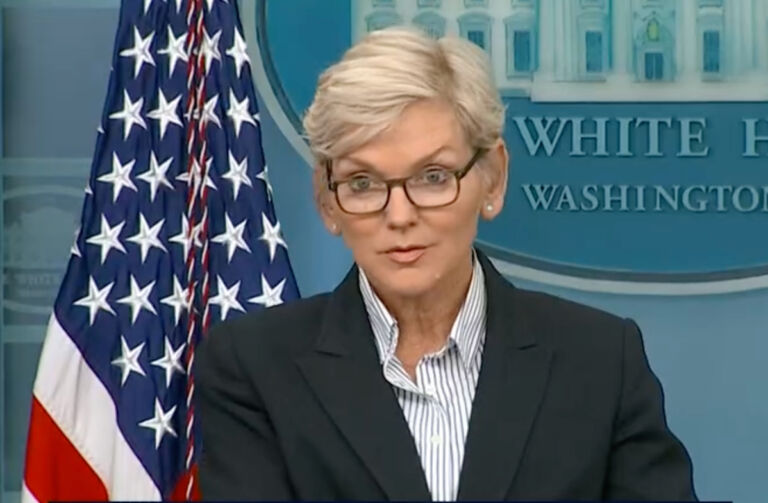Andrew Stuttaford of National Review Online highlights a critical problem for renewable energy advocates.
It’s no secret that the key problem with solar energy and wind power is intermittency (the sun doesn’t always shine, and the wind doesn’t always blow). That means grids that rely on them will need, at least until scalable storage technologies become feasible and affordable, backup. And the backup itself will need to make economic sense, something easier said than done. That much of the backup in use today is far from squeaky green is further evidence of the muddled thinking that has characterized the drive towards the widespread adoption of renewables.
Writing in the Daily Telegraph, Bryan Leyland looks at the economics of storage. … [I]t doesn’t make pretty reading.
He summarizes his findings as follows:
“Barring some sort of miracle, there is no possibility that a suitable storage technology will be developed in the needed time frame. The present policies of just forcing wind and solar into the market and hoping for a miracle have been memorably and correctly likened to ‘jumping out of an aeroplane without a parachute and hoping that the parachute will be invented, delivered and strapped on in mid air in time to save you before you hit the ground.’”
Hoping something will turn up is, of course, another hallmark of central planning (at least in those cases when central planners accept that they have not already thought of everything).
Leyland’s conclusion:
“Wind and solar need to be backed up, close to 100 per cent, by some other means of power generation. If that backup is provided by open-cycle gas or worse, coal, net zero will never be achieved: nor anything very close to it.
“There is one technology that can provide a cheap and reliable supply of low-emissions electricity: nuclear power. Interest in nuclear power is increasing as more and more people realise that it is safe and reliable.”


